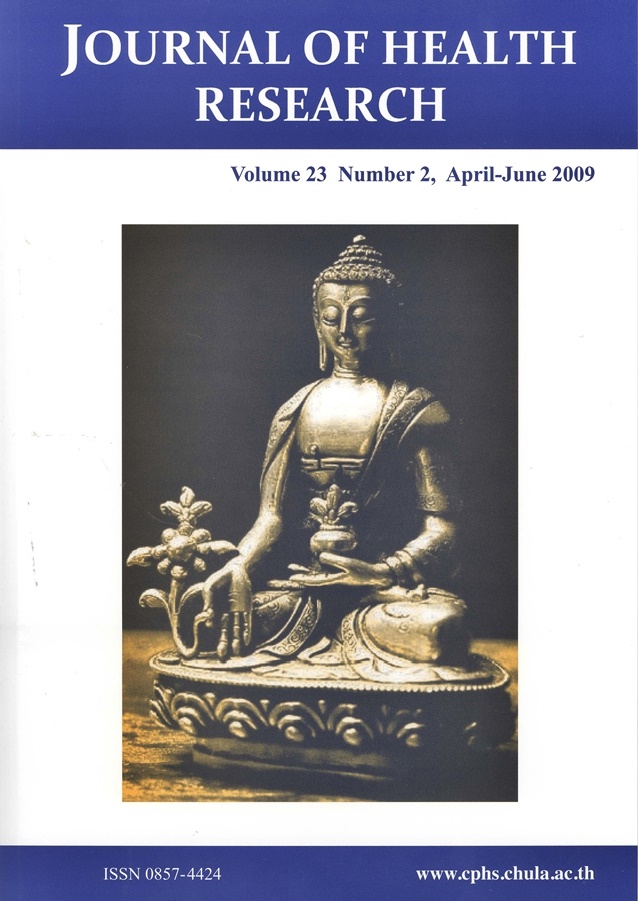The Risk Factors and Clinical Characteristics of Cellulitis: A Hospital-Based Case-Control Study in Singapore
Keywords:
cellulitis, health burden, necrotizing fasciitis, SingaporeAbstract
Bacterial cellulitis is a worldwide problem and may lead to potentially fatal complications. The aim of this study was to identify the risk factors associated with, and the clinical characteristics of, cellulitis. A hospital-based case-control study of 150 patients and 150 unmatched controls was conducted. The mean age was 56.5 (±16.5) years in cases and 59.2 (±19.0) in controls, (p=0.195). There were 63.3% males in cases and 40.0% in controls (p<0.001) and 21.3% Singaporean Indians in cases and 7.3% in controls (p=0.001). Diabetes mellitus (DM) was found in 33.3% of cases and in 13.3 % of controls (p<0.001). Skin disruption was present in 32.7% cases and controls 6.0% of controls, (p<0.001). Lower limb cellulitis was found in 67.3% of cases, bacteraemia in 6.4%, and recurrence of cellulitis in 31.3%. Ninety percent of cases improved with antibiotic or after surgery, over 30% needed surgery and the death rate was 2%. Length of stay was increased in those with DM, hypoalbuminaemia, skin disruption, and with increasing age. Risk factors for cellulitis were increasing age, male gender, Singaporean Indian ethnicity, DM, skin disruption, breast cancer, renal impairment and previous episode of cellulitis. A multi-disciplinary team should manage patients and a guideline on the use of antibiotics in cellulitis should be updated. The National Health Education Program should include foot-care and care of simple wounds with special emphasis for diabetics.







